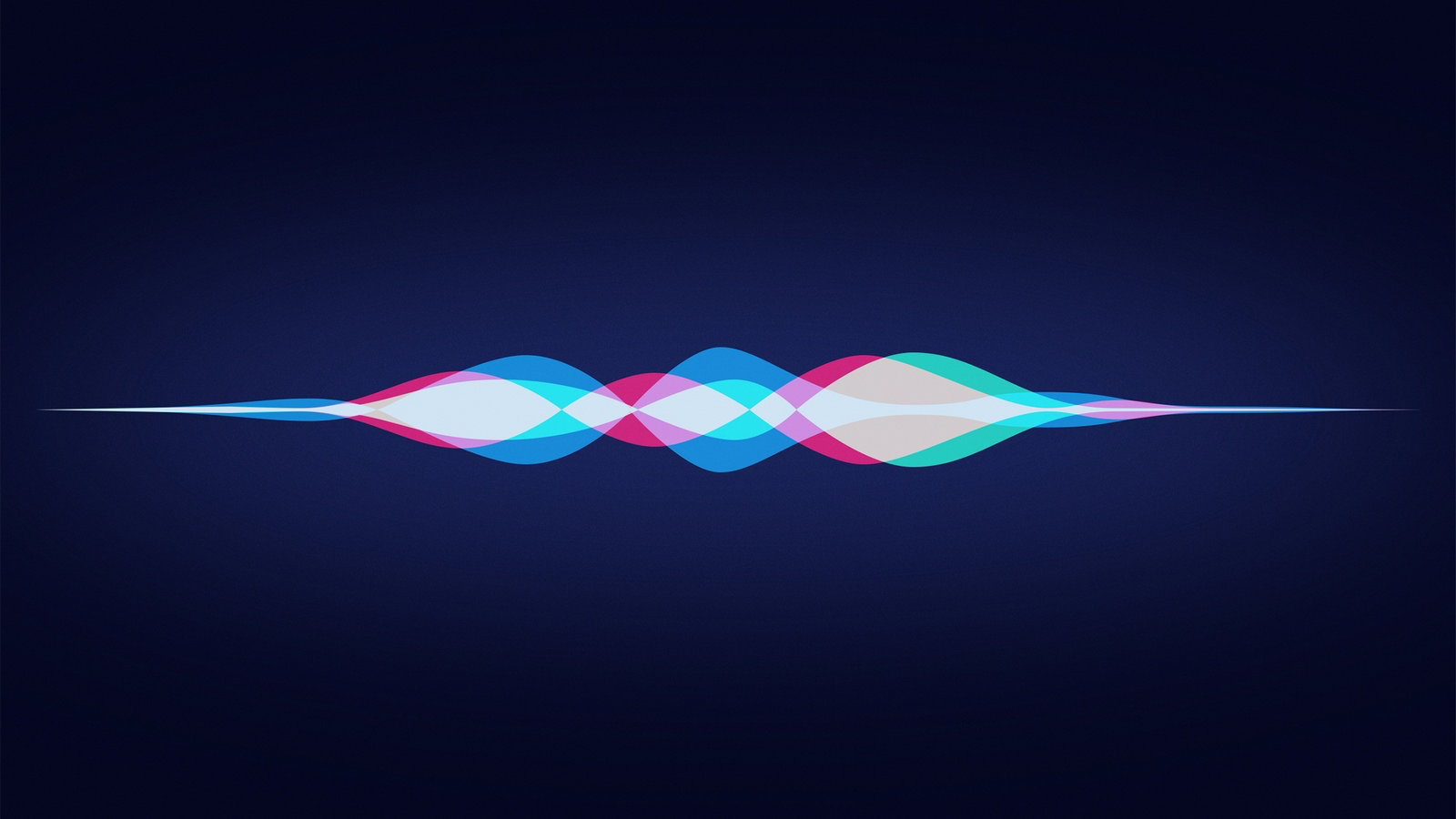It’s estimated that the global cybersecurity job postings is around one million and more than 200,000 cybersecurity jobs in the U.S. alone were unfilled in 2015 which was up 74% over the previous five years. The cybersecurity market is expected to grow from $75 billion in 2015 to $170 billion by 2020 according to recent industry reports and it is estimated that the global cybersecurity workforce will have 1.5 million jobs unfilled by 2019, according to Identity Management Institute (http://www.identitymanagementinstitute.org).
Cybersecurity is a new buzz name for computer and network security which has existed for many years. However, due to the increasing connectivity of many devices and networks, the computer security risk landscape is expanding and is frequently referred to as cybersecurity.
One of the main objectives of cybersecurity is to protect data but high impact and frequent data breach incidents have increasingly challenged the cybersecurity community. There are hundreds of data breach incidents annually which are mostly caused by malicious attacks.
The computer security risks will continue to evolve as we change the way we use technology, says Identity Management Institute (IMI). For example, the increase in the number of smart phones and connected portable devices, widespread social media acceptance and proliferation of personal data, Bring Your Own Device (BYOD) policies of companies which allow employees to use their personal phones and devices for business purposes to save cost, as well as cloud storage and computing will continue to introduce new risks.
To better understand the cybersecurity risks, let’s first imagine how our world is evolving. Although we may not all immediately agree on the details of the following, we can all generally agree that the arrival of smart and flying cars, self-improving robots, artificial or augmented intelligence such as IBM Watson, and multitude of connected devices also called the Internet of Things (IoT) is inevitable.
Drones are already here in limited numbers and used for delivery, farming, and imaging. But drone capabilities and numbers are expected to grow. FAA predicts that drones will be a $90 billion industry within a decade. And Gartner estimates there are 6.4 billion connected “things” today which are expected to grow to 21 billion by 2020 out of which over 13 billion will be household devices used by consumers.
These connected and smart devices which are also embedded in cars and household appliances will perform many tasks on our behalf, share information, and carry a ton of data thanks to the ever increasing data storage capacities of devices and decreasing costs, notes Identity Management Institute. Data privacy and security risks will continue to be of utmost concerns, especially, the definition of identity theft will be expanded to include device identity takeover by another device.
According to IMI, proper management of device identity, security, connectivity to other devices, access, data sharing, and authorization to perform tasks will be crucial in the new tech world.



